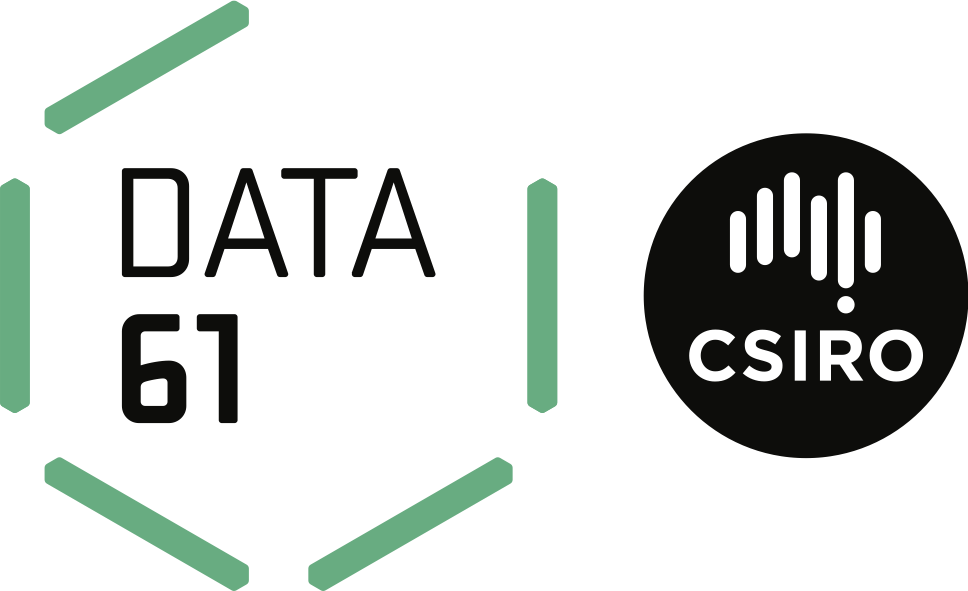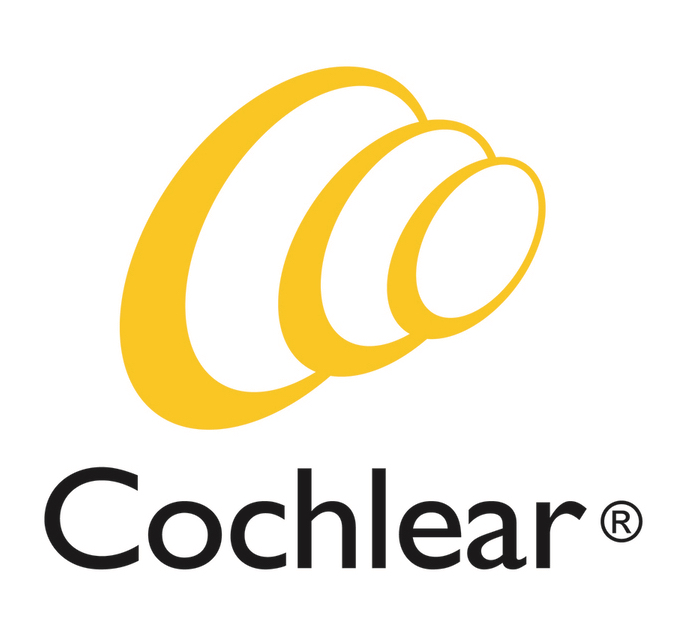Reading and predicting what code will do is a fundamental coding skill. But when students read code are they executing it on their brain computer? Or do they only read the words?
This talk will explore learning to read and trace code, misconceptions and how to build a really good brain computer.
When we teach students Python it’s typical to focus on the visible concepts, like variables, if statements and for loops. Over time we slowly build up students’ vocabulary for writing code. However many students struggle with comprehending what those instructions really do. Why is a variable more useful than writing the value? How does a loop change what it does each time it runs?
I’ll discuss common misconceptions that students have when learning to debug, read and trace code. To understand these misconceptions we’ll look at mental models of programming and how they evolve as students develop their understanding. Then to resolve these misconceptions we’ll investigate research and practice on how to build the student’s brain computer, and help it to match the real computer.
By improving students ability to read and trace code, we improve their capacity to debug their own code, and to understand the implications of new concepts they learn.
Watch 'Running Python on your brain computer' on PyCon AU's YouTube account

Ben Taylor
Grok Learning
@taybenlor
https://medium.com/@taybenlor
I work as an interface designer and software developer building educational technology at Grok Learning. My focus is on improving the learning experience, and the user experience of our product. In my spare time I read a lot of computer science education research, which has been made more difficult after graduating from my masters and promptly losing direct access to journal papers. Now instead of logging on, I visit the library. Ask me for fun facts about ants.



























